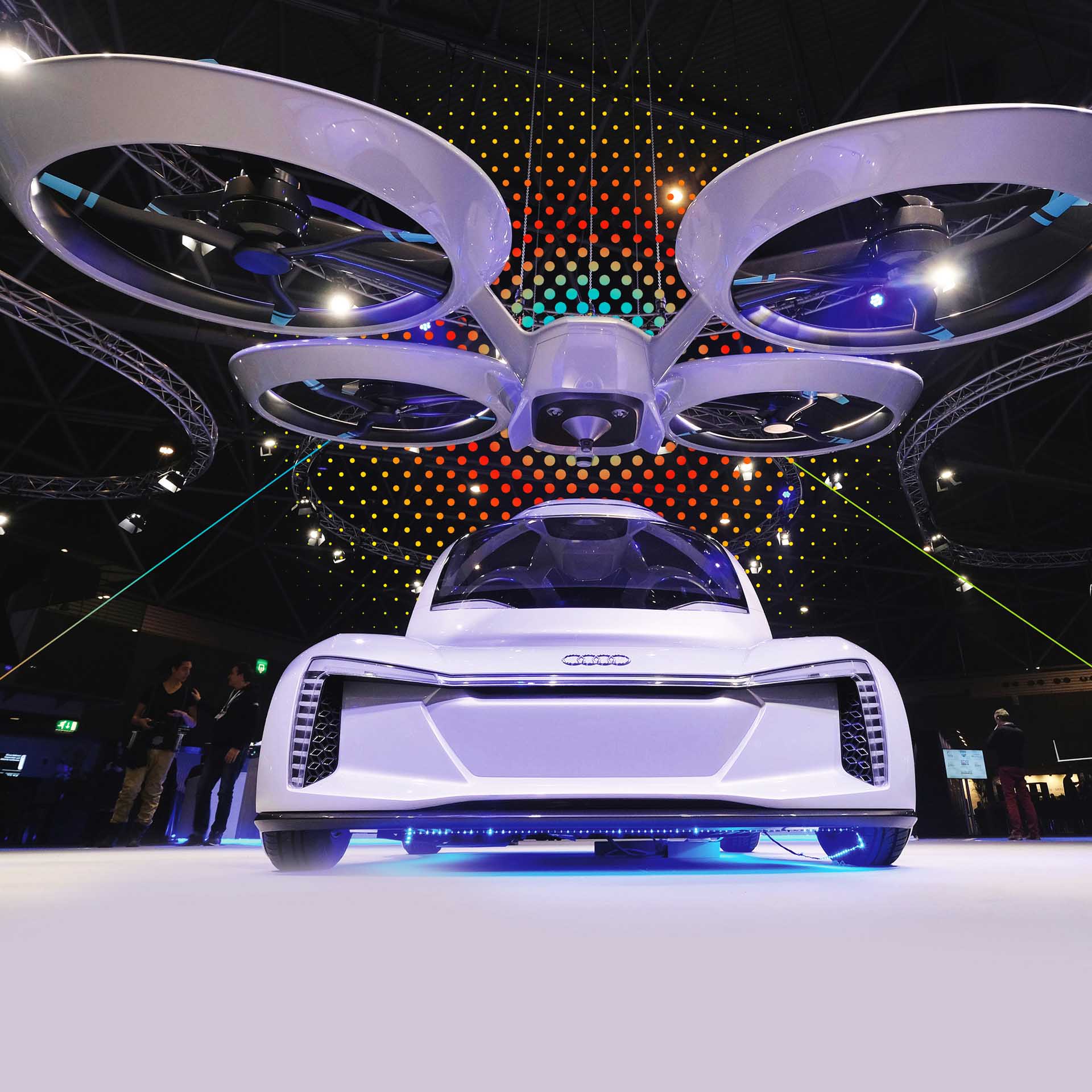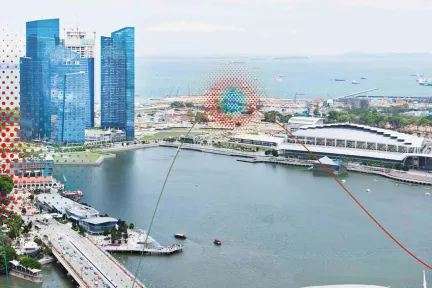Amazing opportunities for the automotive industry
Autonomous, connected electric cars that are shared or available on demand – mobility will undergo tremendous transformation over the next 10 years.
Olivier Sappin, VP of Transportation & Mobility at Dassault Systèmes, offers some insight into the changes underway.
Let’s be upfront. Do cars still have a future?
The question is definitely worth asking. I grew up in the French countryside where cars were, and still are, synonymous with the freedom to move about anywhere at any time. I’m a mechanical engineer. I drive a sports coupe and love cars. But I live in the suburbs of Paris, so I ride a bike to work. On some days, it’s faster than driving to work. And on the weekend, public transportation is the best way to get to the center of Paris. When traveling abroad, I take planes and trains, which have the drawback of taking you from a place where you don’t live to a place that’s not your final destination. That’s why cars, as long as they become autonomous and clean, could offer the best transportation system for the future.
Why do you refer to it as a transportation system?
Because the traditional industry silos are breaking down. Innovation in mobility is omnipresent in both four-wheel vehicles and other forms of transportation. For example, Joby is an electric vertical take-off and landing passenger aircraft designed for urban areas. EasyMile and Navya are autonomous shuttles.
Airbus and Audi have partnered to develop Pop.Up, a flying car concept. Anything seems possible, and this is generating a huge wave of creativity. Traditional industry categories, like conventional consumer expectations, have become outdated.
The traditional industry silos are breaking down. Platforms are enabling the value chain to be redefined.
What role do virtual worlds play in this transformation?
Collaborative platforms and virtual worlds help innovators transform their ideas into tangible concepts that can be manufactured by others. These ideas are being generated in a huge marketplace, also virtual, devoted to engineering and manufacturing. It’s a place where innovators can meet the companies that will produce the vehicles they designed. The price of admission into the inner circle of carmakers has been very high for the past 100 years, due to the technical complexity and level of investment and capital required. But that hasn’t always been the case. Innovators in the 19th century designed all sorts of contraptions, similar to today’s startups. Now, platforms mean that the value chain is being redefined, and new players are emerging in Silicon Valley, China and Europe. Tesla symbolizes this transformation. Virtual prototyping changes everything. Aerodynamic engineering using digital technology is more accurate than physical testing performed in wind tunnels. And simulations at the nanometric scale predict exactly how materials will react.
How do autonomous vehicles fit in?
Simulations combining vehicle behavior, sensor modeling and traffic impact are still being developed, but cycle time is already much shorter. Millions of alternatives can be tested during the design phase: driving on wet or dry roads, during the day or at night, with or without cyclists on the road, and so forth. Autonomous cars will be here soon and will be safer than cars with humans at the wheel. And computational power will be used to design the best components by applying new performance criteria.
Does that mean optimizing the design of the various components that make up a car?
We can halve a component’s mass simply by optimizing its design, which increases energy efficiency and lowers production costs. These organic-looking parts, which are too complex to mold or process, can now be produced using additive manufacturing and 3D printing. This approach will completely disrupt the automotive value chain. Intellectual property will now lie in the digital design of the car, which can be built anywhere, and customized as never before. It sounds like science fiction, but it isn’t. It’s the future of car-making. And it’s starting now.



